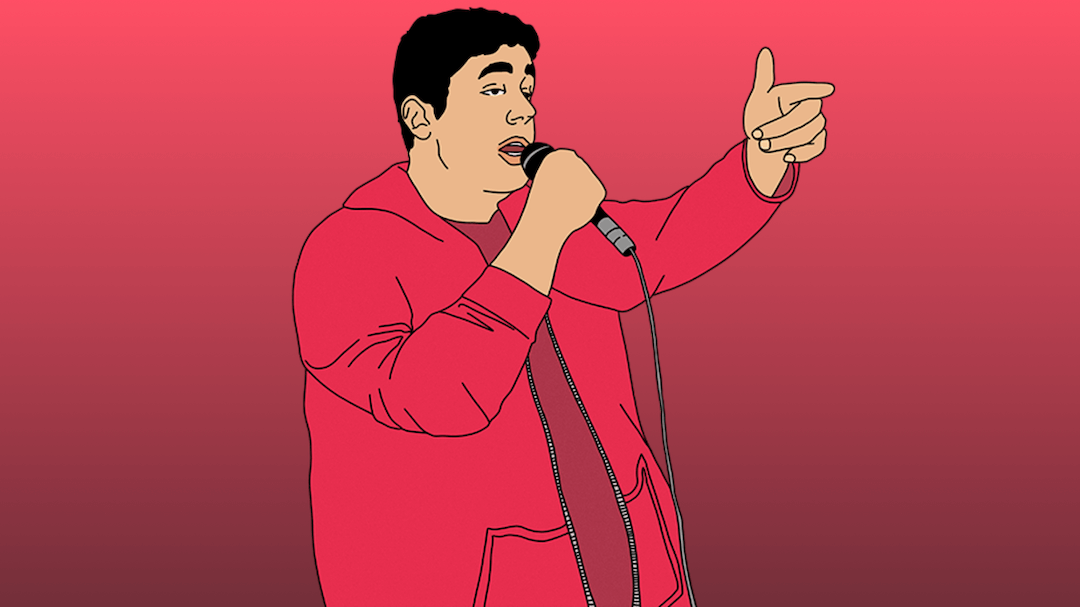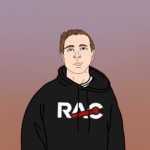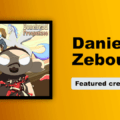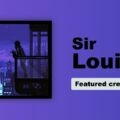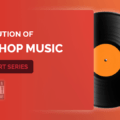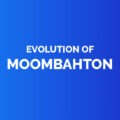It’s what will determine how an audience or market sees you, and whether or not they will see the value in what you have to offer.
This article is borrowed from a lesson in the Music Industry course taught during the third semester at Recording Arts Canada.
Scenario 1: Selling beats
Trent is a hypothetical beat-maker trying to attract vocalist clients. He’s posted his tracks on Airbit, but to get more attention, he’s decided to run some Instagram story ads to singers.
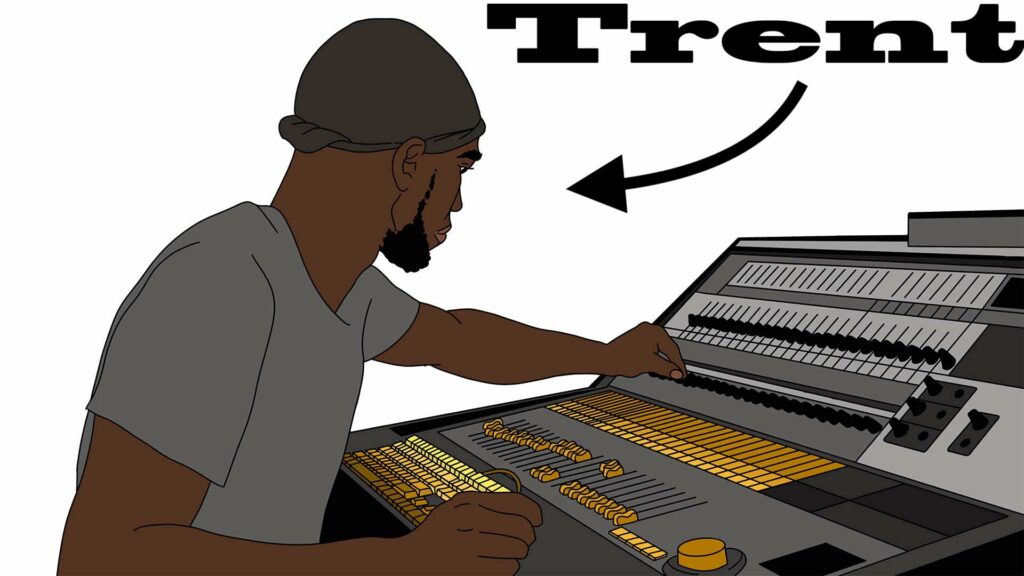
Trent says:
I’ve chosen the hook from my newest instrumental to use in my video ad, but I need a great caption to go with it.
What do you suggest?
You reply:
(Click each option to see Trent’s response)
Trent: That doesn’t really explain why my instrumentals are different or better than other beats out there.
Trent: It’s catchy, but isn’t it pretty easy to buy exclusive beat licenses? I was hoping to see something that makes me stand out a bit more.
Trent: Great! This explains that my instrumentals use original sounds, and implies a certain rarity that is hard to find in most beat stores.
Bottom line:
Choosing the right caption for Trent, or any music creator trying to promote their work, comes down to identifying and communicating a unique selling point.
A unique selling point is...
The reason that one product or service is different from and better than that of the competition.
Entrepreneur.com
recordingarts explains
Understanding what makes you unique—and effectively communicating that value—is a foundational component of any business or career plan. Your unique selling point, or USP, describes how you do what you do. It’s what sets you apart from your competition; what makes customers or clients choose you specifically.
Imagine you’re looking to buy your first DAW, but you don’t know which one to invest in. There are so many different options that you’re finding it hard to pick the right one. The first thing you do is Google “best DAW”, and you quickly learn that there’s no such thing as a best DAW… Only the best DAW for certain scenarios. Pro Tools is great for multi-track recording. Ableton is great for live performance creation. Logic is great for midi-based creation and editing.
What these software companies have done is differentiate themselves by focusing on being great for a subset of the music software market. In other words, they’ve found their unique selling points.
Differentiation is about focusing on being great for a specific subset of the market.
Key concept: the iceberg metaphor
It’s helpful to think of your USP as an iceberg: the part above the water is what your audience or clientele consciously notices. This is a good starting point for new freelancers or entrepreneurs. The part below the surface is what your audience or clientele feels but isn’t necessarily aware of.

USP 101 - The tip of the iceberg
There are five common types of iceberg tips that businesses compete on. Let’s look at each in the context of Trent’s beat-making business:
Price
Like Walmart, Trent could have offered lower prices than competitors. Unfortunately, instrumentals are already so accessible that this would not likely be an effective USP.
Speed
Like FedEx, Trent could have promised fast delivery. In his case, quick turnaround for production or mixing would be effective if he was also offering custom services. This is a popular kind of USP in the freelance and B2B (business-to-business) world.
Quality
Like Canada Goose, quality is what Trent chose as his USP by focusing on originality and craftsmanship. Quality is a strong USP in markets flooded with low-quality competitors.
Specialization
Like FL Studio, Trent could have focused on hip hop artists, which he did. However, in his case, specialization by genre alone would not be enough to set himself apart.
Location
Like Indica Records, Trent could have focused heavily on building a local business. Location can offer a USP anytime locality plays a role in creating or selling products, such as wineries in the South of France, gas stations on every corner, or a vibrant artist scene in Montreal.
USP 102 - Beneath the surface
It’s not what you sell, it’s what you believe.
HBR.org
As we saw with TOMS and Dockers, competing on price alone—or any of the five areas mentioned above—is not enough to really set you apart. For the shoe companies, price is the first layer of differentiation—what initially attracts attention—but there’s more to their USP icebergs than a good discount.
Analyze the biggest brands in the world, and you’ll find this to consistently ring true. Apple isn’t just about quality; McDonald’s ins’t just about price. To identify the core of a business’s unique selling point, we need to consider what lies beneath the surface. This is the part of the USP that works on a subconscious level; the audience feels its presence but isn’t necessarily aware of it. Enter: novelty, rarity and status.
Novelty
Novelty comes from new or innovative features that competitors haven’t yet developed.
This type of USP, often how companies with new products attract their first customers, is usually short-lived as imitators can quickly replicate the new product.
For example, when Apple entered the mobile phone market with the iPhone, it couldn’t just sell another cellphone. To get customers to ditch their Blackberrys, Motorolas, and Palm Pilots, Apple needed to offer them something completely new. So, it offered an iPod, internet access, and phone all in one unimaginably (at the time) beautiful touch screen device. Unfortunately for Apple, it wasn’t long before every phone company had matched or exceeded Apple’s iPhone, so its novelty-based USP quickly evaporated.
Similarly, Lil Nas X shook up the music industry when he put a country guitar and trap beat into one ultra-catchy crossover featuring Billy Ray Cyrus. Crossovers and remixes are nothing new in music, and the worlds of country and hip hop have collided numerous times in the past. Nevertheless, “Old Town Road” was a major refreshment that used a continuous string of remixes to preserve its freshness—i.e. its novelty. Novelty put Lil Nas X on the map, but it’ll take something more sustainable to keep him there in the long run.
Rarity
Rarity comes from features that are difficult to imitate or recreate, like a complex algorithm or limited natural resource. This type of USP is more sustainable than novelty-based USPs because it’s harder for competitors to recreate your product.
For example, Eminem’s value to his audience comes down to the rarity of his rapping style. His encyclopedic grasp of the English language and mesmerizing lyricism combine to form a rare talent that audiences can’t just go get from another artist’s music. Eminem knock-offs don’t exist, because the rarity of his talent prohibits it. (Compare this to mumble rapping, a style that’s very easy to mimic, and therefore couldn’t serve as a source of rarity). Talent is a common source of rarity among the artist community. As a music creator, developing a rare talent is one of the best ways to build a killer USP.
Similar to Eminem, Neve Electronics built its business on the rarity of its warm, rich-sounding analogue consoles. Even with the ability to reverse engineer the console, competitors were unable to truly recreate the marquee sound of a Neve. Rarity is a common USP for hardware and software manufacturers in the music industry, where advanced processing secrets lead to subtle differences in sonic qualities that can make or break a project.
Status
Status comes from a brand’s reputation, background story, endorsements and other forms of marketing that establish the brand as a source of value with which customers form an emotional connection.
Status is often developed as a result of providing consistent novelty or rarity over time. Therefore, it’s uncommon for new brands to build a USP based on status.
For example, Nike first emerged as an innovative running shoe company that identified and solved the need for high-end athletic footwear. Nike’s effective combination of quality and specialization led to novelty, which drove up their sales early on. Over time, as more competitors emerged and created similar shoes, Nike’s novelty-based USP all but disappeared. By the 1980s, there was no real differentiator between Nike, Reebok, Adidas, and Puma, so Nike looked for another USP; it brought on Michael Jordan to endorse its product. Since then, Nike’s unique appeal has been based in its association with legendary athletes, making its famous Swoosh and Just Do It a symbol of the success of its ambassadors more than anything specific about its shoes. As such, Nike customers aren’t just buying shoes, they’re buying the symbol of athletic excellence.
Similarly, Dr Dre used his status as a legendary hip hop producer to launch Beats by Dr Dre. While the headphones themselves are not on any top 10 audiophile lists, Dr Dre’s reputation in music made the headphones a symbol of status for its customers. Without the influential name of its cofounder, Beats never would have become the instant success that it did.
Scenario 2: Producing events
Anthony manages a collective of local artists spanning multiple disciplines, and is trying to figure out how to market his roster to potential fans or clients. He needs your help establishing a USP.
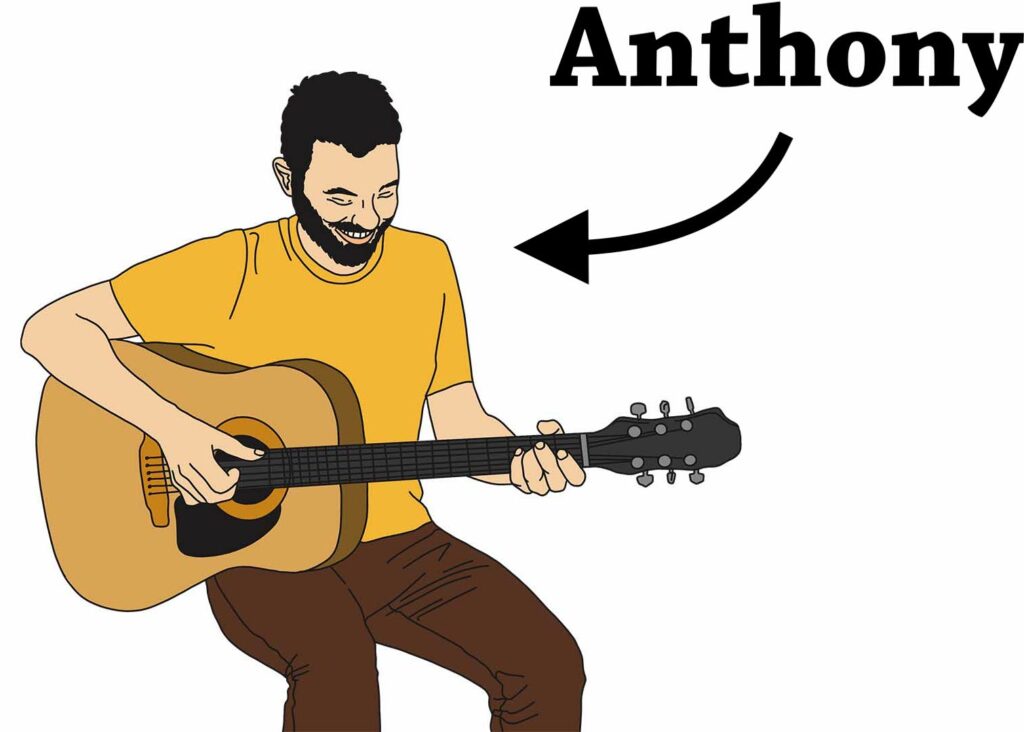
Anthony says:
We have vocalists, DJs, musicians, dancers, graphic artists, videographers, photographers, and even a chef. We all want to focus on live experiences, but don’t know where to start.
You reply:
(Click each option to see Anthony’s response)
Anthony: We already do a bit of that, but doing things for free is not a long-term selling point. We need to generate some income. Plus, focusing on music only leaves half our artists on the sideline.
Anthony: I don’t think we have the clout or the money to launch a festival at this stage, but it’s a good idea for the future.
Anthony: I like that idea. We have the talent and creativity to run amazing parties, corporate gigs, weddings, etc; offering music, catering, photos, highlight videos, and take-home art for one flat price.
Anthony says:
Great, so we’re doing custom private events. We still have to decide why someone would choose us over a regular event planner or catering company.
You reply:
(Click each option to see Anthony’s response)
Anthony: We’ve been over this, I don’t want to do cheap or free events. Our artists are way more talented than your typical corporate DJ or photographer. Plus, people don’t want cheap events.
Anthony: I’m pretty sure these types of events are planned well in advance. Speed doesn’t seem like a very applicable selling point in this line of work.
Anthony: Bingo. Creating a memorable experience is definitely the most important factor to our potential clients. Plus, it encourages our talented roster to max out their creative strengths.
Anthony says:
So how exactly do we communicate that our events are more memorable than our competitors’ events?
You reply:
(Click each option to see Anthony’s response)
Anthony: That’s a joke, right?
Anthony: Kind of like the Mac vs PC campaign? That could work. But we don’t want to denigrate our competitors, it’s not our style. We want to stay positive.
Anthony: Pretty good. That slogan needs a bit of work, but the unique selling point is strong because it combines specialization (custom events) with quality (better memories) to create a novel experience.
Bottom line:
By deciding to specialize in private events, and further distinguishing itself as a memorable (high quality) experience provider, Anthony’s collective is ready to start planning and selling a novel experience. With the right combination of unique talent, the collective will also develop their source of rarity over time, making their product difficult for imitators to mimic. And, further down the line, their events could become so well-known and respected that they develop a reputation as a mind-blowing event production company. This reputation will develop their status-based USP like Nike, Apple or Dr Dre.
Too long; didn't read
- As a music creator trying to build a career, simply putting your work out into the universe is not enough. You need to differentiate yourself and attract a paying audience or clientele.
- Some of the easy ways to start differentiating yourself is through price, speed, quality, specialization, or location—the trick is to find out which of these areas you can outdo your competitors, and do that.
- Eventually, you’ll find that those areas are just the tip of the iceberg. To really be competitive, you need to think about what sits below the surface of your USP iceberg. There, you’ll find opportunities to provide novelty, rarity, and eventually status to your audience or clientele.
- To create novelty, try combining elements of price, speed, quality, specialization, and location. To create rarity, think about how you can limit the ability of others to mimic what you do, through hard-to-develop skills or access to scarce resources.
- You can’t create status, but if you can create and sustain your novelty and rarity for long enough, status will develop naturally.
Additional resources
The definition of USP
8 Creative Collectives That Are Changing The Way Music Is Made
It’s not what you sell, it’s what you believe
Fast Company cofounder Bill Taylor provides examples of sincere and effective USPs
Illustration by Malaika Astorga
